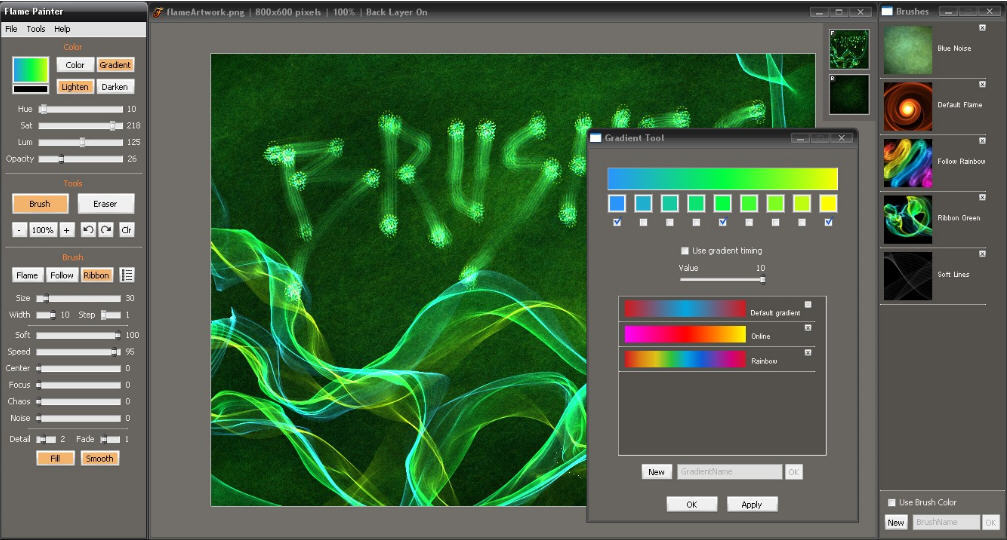

Engineering and Work Practice ControlsĮngineering controls, such as ventilation, and good work practices are the preferred methods of minimizing exposures to airborne lead at the worksite. The only difference in the provisions applying to the three categories of tasks is the degree of respiratory protection required. For all three groups of tasks, employers are required to provide respiratory protection appropriate to the task's presumed exposure level, protective work clothing and equipment, change areas, hand-washing facilities, training, and the initial medical surveillance prescribed by paragraph (d)(2)(v) of the standard (. Until an employer performs an employee-exposure assessment and determines the magnitude of the exposures actually occurring during the lead-related activity, the employer must assume that employees performing that task are exposed to the lead concentrations indicated in Appendix V:3-1. The exposure ranges assigned to the different categories of tasks are based on data collected by OSHA and other sources including two advisory groups. The OSHA lead standard for construction is unique in that it groups tasks ( Appendix V:3-1) that are presumed to be associated with employee exposures above the PEL into three lead-exposure ranges. The employer also must ensure that employees wear the respiratory protection provided when it is required.Ĭertain lead-related construction tasks commonly produce exposures above the PEL and often orders of magnitude above the PEL. When all feasible engineering and work practice controls have been implemented but have proven inadequate to meet the PEL, employers must nonetheless implement these controls and must supplement them with appropriate respiratory protection. As with all OSHA health standards, when the PEL is exceeded, the hierarchy of controls requires employers to institute feasible engineering and work practice controls as the primary means to reduce and maintain employee exposures to levels at or below the PEL. 62) for lead exposure in construction has a permissible exposure limit (PEL) of 50 micrograms per cubic meter of air (50 µg/m 3), measured as an 8-hour time-weighted average (TWA). Recommended/feasible engineering controls (e.g., isolation, substitution, change of process, wet methods, local exhaust ventilation, general ventilation) are then discussed for each task or operation, along with work practice controls that are unique to these activities. This chapter also describes those lead-related tasks and operations that give rise to lead exposures among construction workers. General engineering and work practice controls that can be applied to almost any construction activity are addressed under Paragraph II, below. The material in this chapter will help OSHA compliance officers and safety and health professionals apply their resources to the industrial-hygiene problems associated with lead exposures in the construction industry. The construction activities identified range from those such as abrasive blasting and welding, cutting, and burning, where exposures to lead are often high, to encapsulating lead-based paint or using lead pots, where exposures are generally low. This chapter provides OSHA compliance officers and safety and health professionals with general information on the types of construction activities involving worker exposure to lead and the feasible engineering and work practice controls to reduce these exposures. Industrial Robots and Robot System SafetyĮxcavations: Hazard Recognition in Trenching and ShoringĬontrolling Lead Exposures in the Construction Industry: Engineering and Work Practice Controlsįor problems with accessibility in using figures and illustrations in this document, please contact the Office of Science and Technology Assessment at (202) 693-2095. Oil Well Derrick Stability: Guywire Anchor Systems

Legionnaire's Disease, see OSHA's Safety and Health Topics Page for updated information.Ĭontrolling Exposure to Hazardous Drugs, see OSHA's Safety and Health Topics Page for updated information. Polymer Matrix Materials: Advanced Composites Technical Equipment: On-site Measurements


 0 kommentar(er)
0 kommentar(er)
